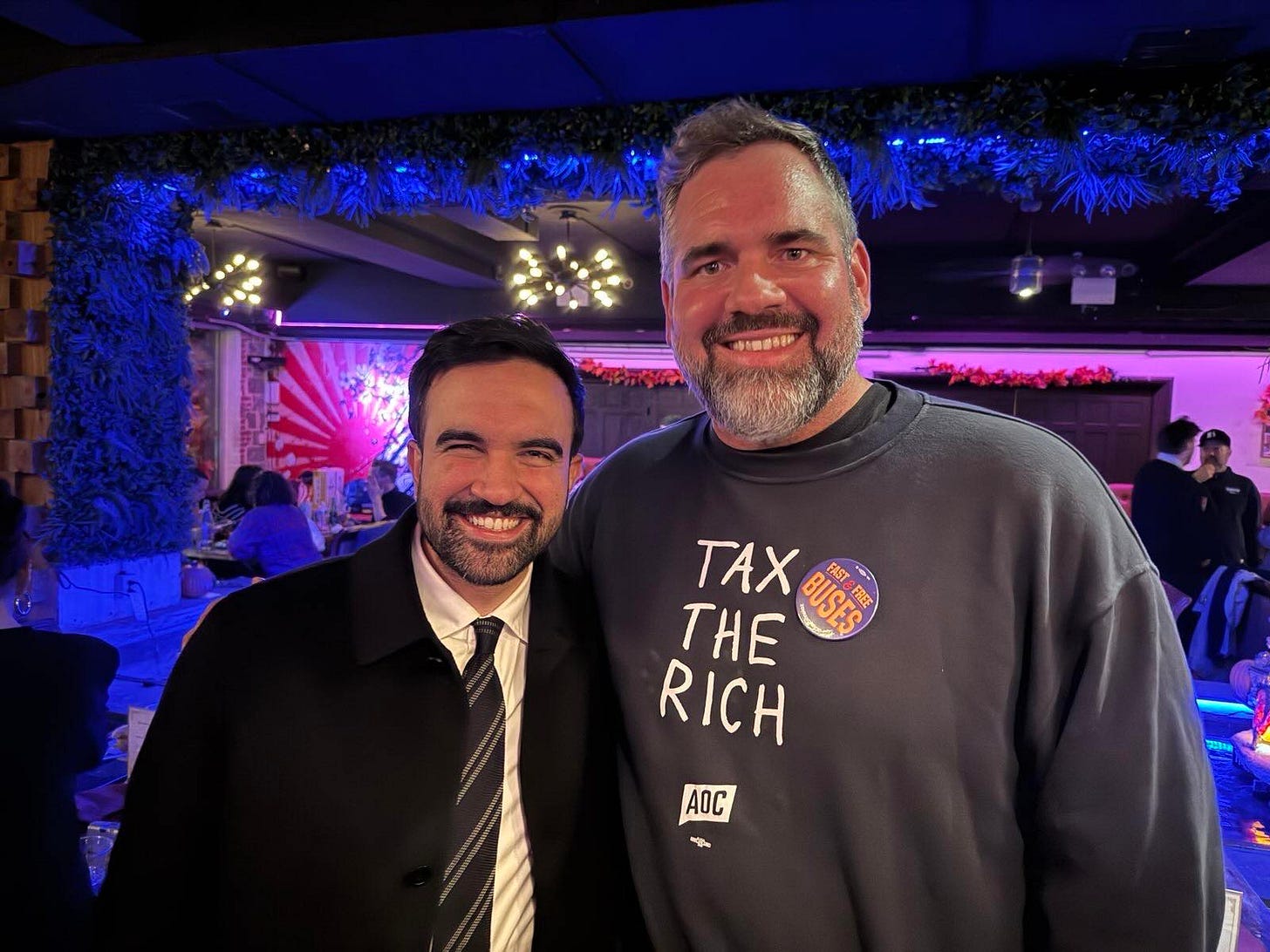The Unstoppable Force: What Zohran Mamdani’s New York Victory Means for Washington
From City Hall to Capitol Hill: How a Grassroots Mandate Against Economic Insecurity Puts the White House and the Democratic Establishment on Notice.
Zohran Mamdani’s commanding victory in the New York City mayoral race—becoming the first Muslim, first South Asian, and youngest mayor in generations—is not merely an upset; it is an ideological earthquake whose tremors will shake the political foundations of Washington, D.C. His win is a seismic confirmation that an unapologetically progressive, class-struggle platform can still galvanize a powerful, diverse coalition and chart a path for a Democratic Party desperately seeking a new national direction.
The essence of the Mamdani method was not political compromise but radical clarity. His campaign successfully centered on the kitchen-table reality of the affordability crisis, offering concrete, high-impact policies like a rent freeze on stabilized units, free public bus service, and a $30 minimum wage by 2030. This strategy stood in stark contrast to the centrist, top-down approach favored by his opponent, former Governor Andrew Cuomo, who was backed by Wall Street billionaires and the Democratic establishment. By building a massive, volunteer-driven, grassroots organizing effort that engaged over 100,000 people, Mamdani proved that ideological clarity and deep organizing are superior to big-money endorsements and media campaigns. The astonishing surge in voter turnout—the highest for a mayoral race since 1969—is proof that boldness, not incrementalism, inspires the politically cynical.
For the national progressive movement, and specifically the Democratic Socialists of America (DSA), this victory serves as the most important electoral validation since the rise of Alexandria Ocasio-Cortez. It provides a credible blueprint for capturing executive power in major American cities—the hubs of capital and culture. The lesson for Washington’s moderate Democrats, who often dismiss these policies as fringe, is inescapable: the voters, particularly young people and working-class families who are struggling with housing and economic insecurity, are demanding substantive change. After a period of national electoral disappointment, Mamdani’s success forces the national party to confront the fact that its political struggles are not due to progressivism being too far left, but rather its establishment leadership being perceived as too disconnected from material economic needs.
The win also establishes a direct, high-stakes ideological battleground with the White House. President Donald Trump’s direct threats to withhold federal funds from New York City if Mamdani won have already politicized the mayoralty into a national symbol of resistance. Mamdani, for his part, directly challenged the President in his victory speech, setting up a clash between a democratic socialist municipality and a hostile federal administration. This confrontation will force Washington to pay attention, making every policy success or failure in New York City a national news story, and potentially giving the progressive movement a powerful, high-profile champion to campaign against the President’s agenda ahead of the next midterms.
Mamdani’s victory is fundamentally a mandate for a working-class political realignment. It is a triumphant message from New York to the Democratic National Committee: the path back to power lies not in chasing elusive moderate voters, but in mobilizing the disaffected base with an economic agenda focused on solidarity and structural reform. Washington can either heed this resounding call for a new kind of politics or risk being swept aside by the unstoppable force that Mamdani has unleashed.


